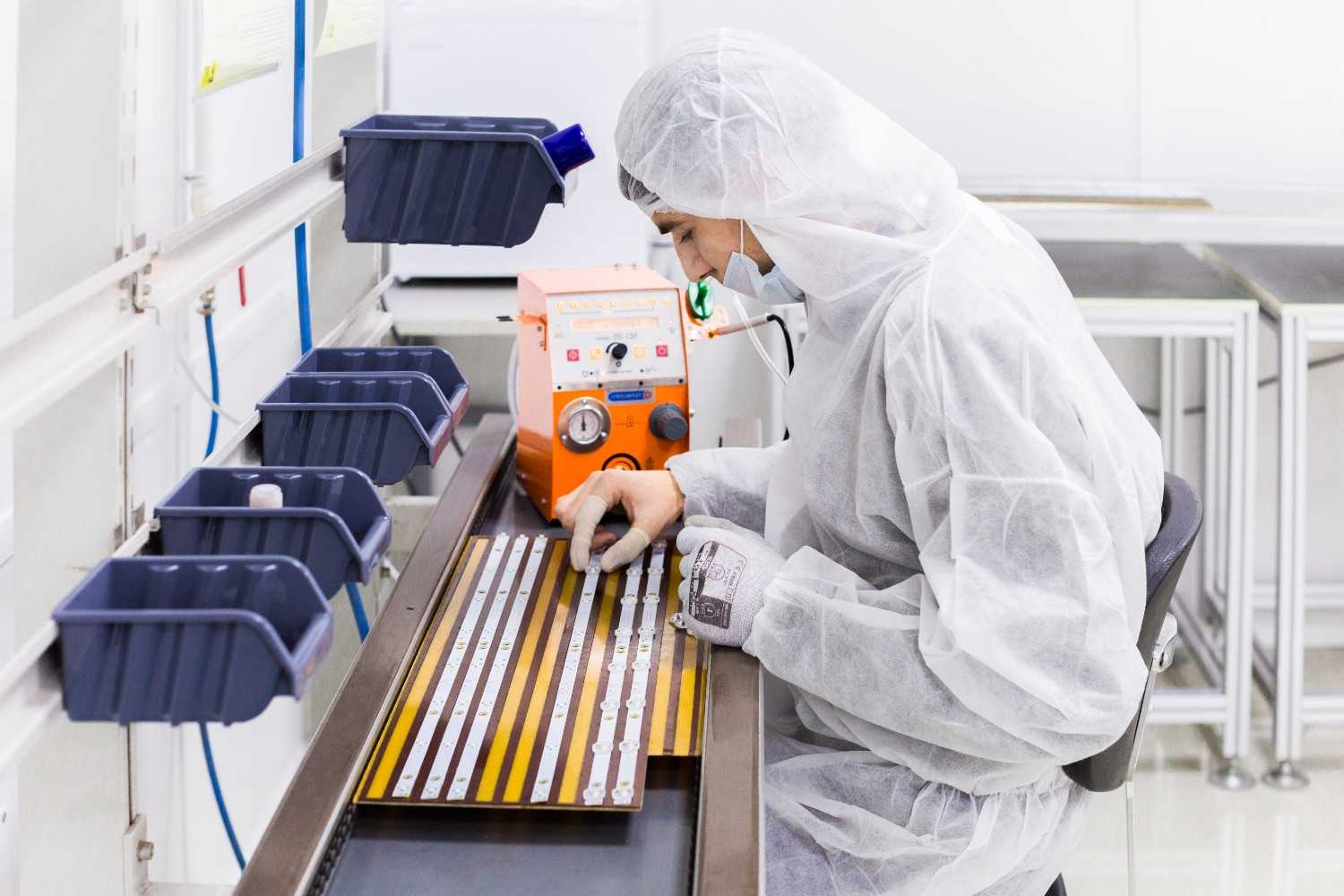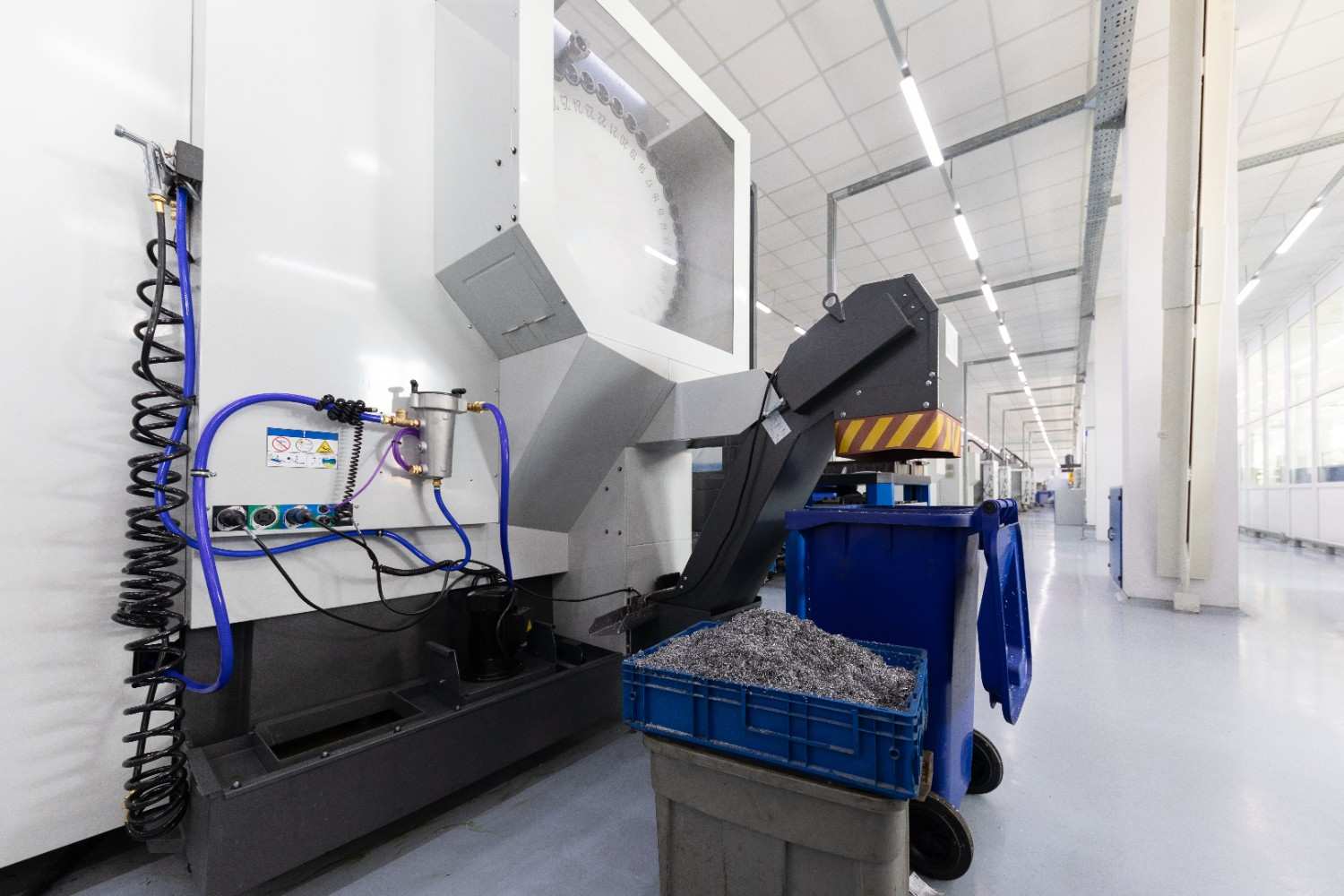Modern industries constantly push the boundaries of what’s possible, requiring materials that can withstand extreme conditions. From the aerospace sector to medical devices, the demand for components that offer superior strength, chemical resistance, and thermal stability has never been higher. While metals have traditionally filled this role, engineered plastics are increasingly becoming the material of choice for these demanding applications.
Engineered plastics are a group of plastic materials that have improved mechanical and thermal properties compared to more common commodity plastics like PVC and polyethylene. They are designed to perform reliably under harsh operational environments, offering a unique combination of durability, light weight, and design flexibility. This article explores the world of engineered plastics, highlighting their benefits and diverse applications across various industries.
What Are Engineered Plastics?
Engineered plastics are specifically formulated to meet rigorous performance criteria that standard plastics cannot. These materials undergo sophisticated polymerization and compounding processes to enhance specific properties. The result is a family of polymers that can rival or even surpass traditional materials like metal, glass, and ceramics in many applications.

Key characteristics often include:
- High mechanical strength and stiffness
- Excellent thermal stability and resistance to high temperatures
- Superior chemical and corrosion resistance
- Good dimensional stability
- Lightweight properties
Common examples of engineered plastics include Polycarbonate (PC), Polyamides (Nylon), Acrylonitrile Butadiene Styrene (ABS), and Polyether Ether Ketone (PEEK). Each type offers a distinct set of properties, making them suitable for different specialized uses.
The Advantages of Using Engineered Plastics
Choosing the right material is a critical decision in product design and manufacturing. Engineered plastics offer several compelling advantages that make them a smart choice for a wide range of applications.
Superior Strength-to-Weight Ratio
One of the most significant benefits of engineered plastics is their high strength-to-weight ratio. Components made from these materials can deliver the same strength as their metal counterparts but at a fraction of the weight. This is particularly crucial in industries like automotive and aerospace, where reducing weight directly translates to improved fuel efficiency and performance.
Design Freedom and Complexity
Plastics offer incredible design flexibility. Manufacturing processes like injection molding allow for the creation of complex and intricate parts in a single step, consolidating multiple components into one. This not-so-only streamlines the assembly process but also reduces production costs and potential points of failure. Techniques such as thick wall molding can produce robust, solid parts that are both durable and structurally sound, further expanding design possibilities.
Enhanced Durability and Resistance
Engineered plastics are built to last in tough environments. They exhibit excellent resistance to a wide array of chemicals, preventing degradation from exposure to oils, fuels, and solvents. Additionally, their inherent resistance to corrosion makes them a superior alternative to metals in humid or corrosive settings, reducing maintenance needs and extending the product’s lifespan.
Cost-Effectiveness
While the initial cost of some engineered plastics can be higher than commodity plastics, they often provide long-term cost savings. Their durability and resistance to wear and tear reduce replacement frequency. Furthermore, the efficiency of plastic manufacturing processes, which can produce finished parts with minimal secondary operations, helps lower overall production costs.
Applications Across Industries
The versatility of engineered plastics has led to their adoption in a multitude of sectors, each leveraging their unique properties to overcome specific challenges.

Automotive
In the automotive industry, every ounce counts. Engineered plastics are used to manufacture a variety of components, from engine parts and fuel systems to interior trims and exterior body panels. Replacing metal with lightweight plastics helps car manufacturers meet stringent emissions standards and improve vehicle performance.
Medical and Healthcare
The healthcare field demands materials that are biocompatible, sterilizable, and durable. Engineered plastics are used for surgical instruments, medical implants, and diagnostic equipment. Their ability to be molded into precise shapes and withstand repeated sterilization cycles makes them ideal for these critical applications.
Electronics
As electronic devices become smaller and more powerful, managing heat becomes a primary concern. Engineered plastics with high thermal stability are used for connectors, insulators, and housings. They provide the necessary electrical insulation while also helping to dissipate heat effectively, ensuring the reliability of sensitive electronic components.
Aerospace
The aerospace industry requires materials that can perform under extreme temperatures and mechanical stress. Engineered plastics are used in aircraft interiors, structural components, and engine parts. Their lightweight nature is a key factor in improving fuel efficiency and increasing payload capacity, all while maintaining the highest safety standards.
The Future of Material Innovation
Engineered plastics represent a significant leap forward in materials science. Their ability to deliver high performance in demanding applications while offering benefits like weight reduction, design freedom, and cost-effectiveness makes them an indispensable tool for modern innovators. By providing durable and reliable solutions, these advanced materials are helping to drive progress across a wide range of industries. As technology continues to evolve, so too will the capabilities of engineered plastics, opening up new possibilities for creating the products of tomorrow.






